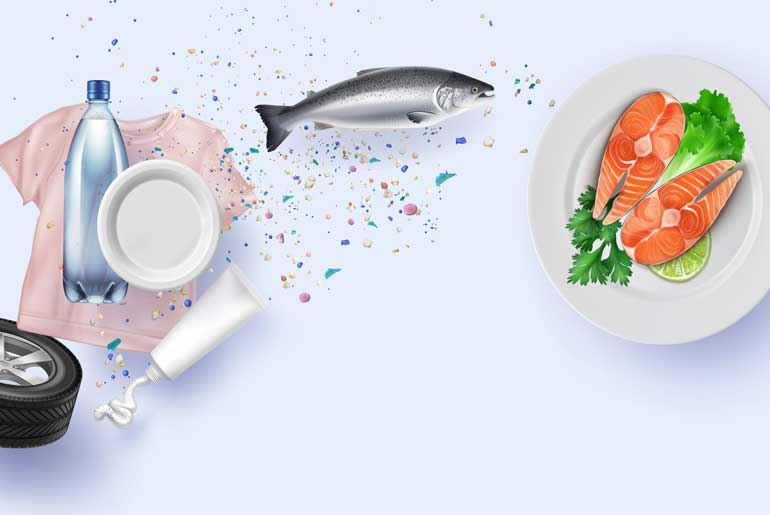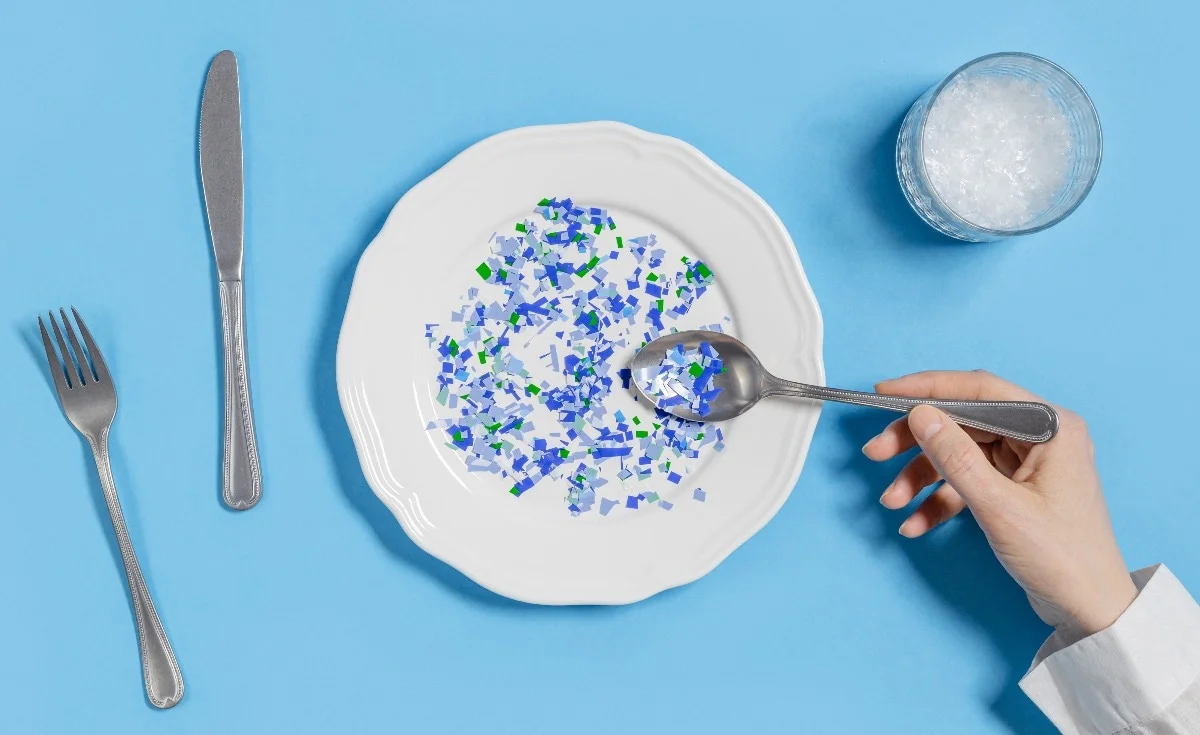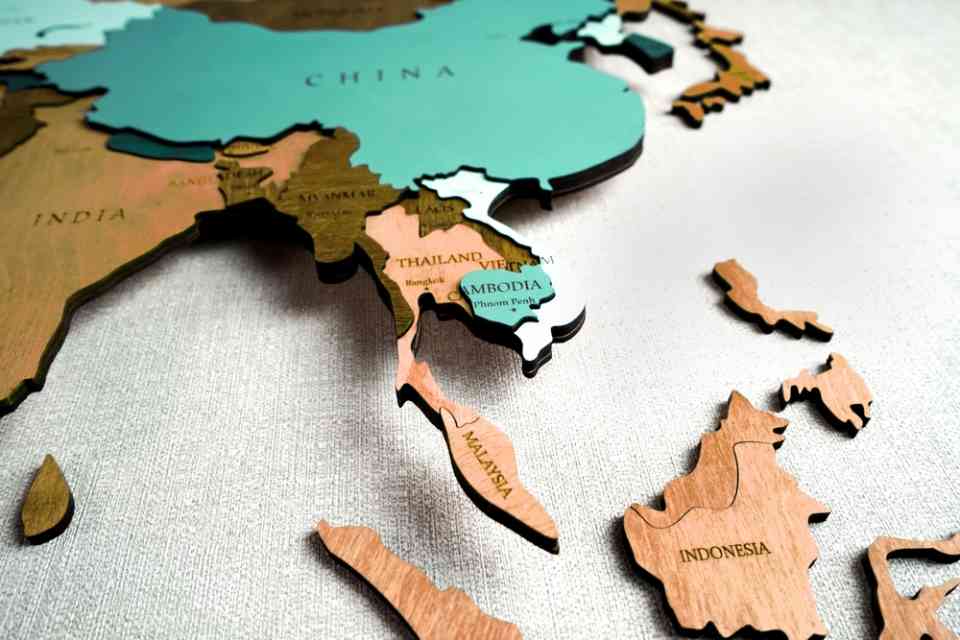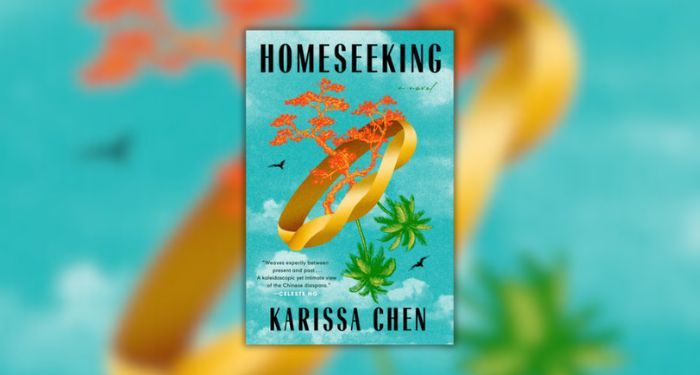Microplastics, tiny plastic fragments less than 5 millimeters in size, have become a growing concern in recent years. Their presence has been documented everywhere, from the deepest ocean trenches to the peaks of Mount Everest. Perhaps, most unsettlingly, microplastics have also been found in our food and water.
Studies have revealed microplastics in a wide variety of food and beverage items, including seafood, fruits, vegetables, bottled water, and even beer. This raises a crucial question: how worried should we be about ingesting these tiny plastic particles?
The sources of microplastics in food

Microplastics enter the food chain through various pathways. One major source is the breakdown of larger plastic items like plastic bags and packaging materials. These degrade into smaller fragments over time, eventually finding their way into the environment and the food we consume.
Another source is the use of microplastics in certain industrial processes. For instance, microplastics are used as abrasives in some food additives and filters used in water treatment plants. These tiny particles can inadvertently end up in the food or water we consume.
Agricultural practices can also contribute to microplastic contamination. Plastic mulching films used in agriculture can break down into microplastics that contaminate the soil and subsequently get absorbed by plants. Additionally, wastewater from industrial facilities and sewage treatment plants can introduce microplastics into waterways, impacting fish and shellfish populations.
The extent of microplastic ingestion
Research suggests that humans ingest a significant number of microplastics every year. Estimates vary, but some studies suggest an average person might consume tens of thousands of microplastic particles annually. This raises concerns about the potential health implications of chronic microplastic exposure.
The health concerns

The long-term health effects of microplastic ingestion are still under investigation. However, some potential health risks are being explored. Microplastics can act as carriers for harmful chemicals and pollutants, which can potentially leach into the body. Additionally, the tiny size of these particles allows them to potentially enter the bloodstream and organs, raising concerns about potential tissue damage and inflammation.
Furthermore, research suggests microplastics might disrupt gut microbiota, the delicate balance of bacteria in our digestive system. This imbalance can lead to various health problems, including digestive issues and weakened immune function.
The need for more research
While the potential health risks are concerning, it’s important to note that research on microplastics is still in its early stages. More studies are needed to definitively understand the health impacts of microplastic ingestion on humans. Factors like the size, shape, and type of plastic ingested, as well as individual factors like gut health, will likely play a role in the potential health risks.
What can we do?

Despite the uncertainties, there are steps we can take to minimize our exposure to microplastics in food. Here are some ways to reduce your intake:
- Reduce reliance on single-use plastics: Opt for reusable shopping bags, water bottles, and food containers whenever possible.
- Choose organic produce when possible: Organic farming practices typically avoid the use of plastic mulching films, potentially reducing microplastic contamination in soil.
- Wash fruits and vegetables thoroughly: This can help remove some microplastics that might be adhering to the surface.
- Support sustainable food sources: Look for sustainably sourced seafood and products that minimize plastic packaging.
- Stay informed and advocate for change: Encourage stricter regulations on plastic production and disposal and support research into alternative sustainable materials.
Microplastics in food are a cause for concern, but it’s important to avoid undue panic. While the long-term health implications remain under investigation, there are steps we can take to minimize our exposure. By making informed choices about the food we consume and supporting sustainable practices, we can contribute to a future with less plastic pollution and a healthier environment for ourselves and future generations.
Featured image: dolgachov/iStock
For the latest in fashion, lifestyle, and culture, follow us on Instagram @StyleRave_
—Read Also


























































![20 Predictions for Social Media in 2025 [Infographic] 20 Predictions for Social Media in 2025 [Infographic]](https://imgproxy.divecdn.com/HMVhRh2JvYwAse_QsxNWdYtb_Of31-oCF2OnUe4eZqA/g:ce/rs:fit:770:435/Z3M6Ly9kaXZlc2l0ZS1zdG9yYWdlL2RpdmVpbWFnZS9zb2NpYWxfbWVkaWFfdHJlbmRzXzIwMjVfMi5wbmc=.webp)













